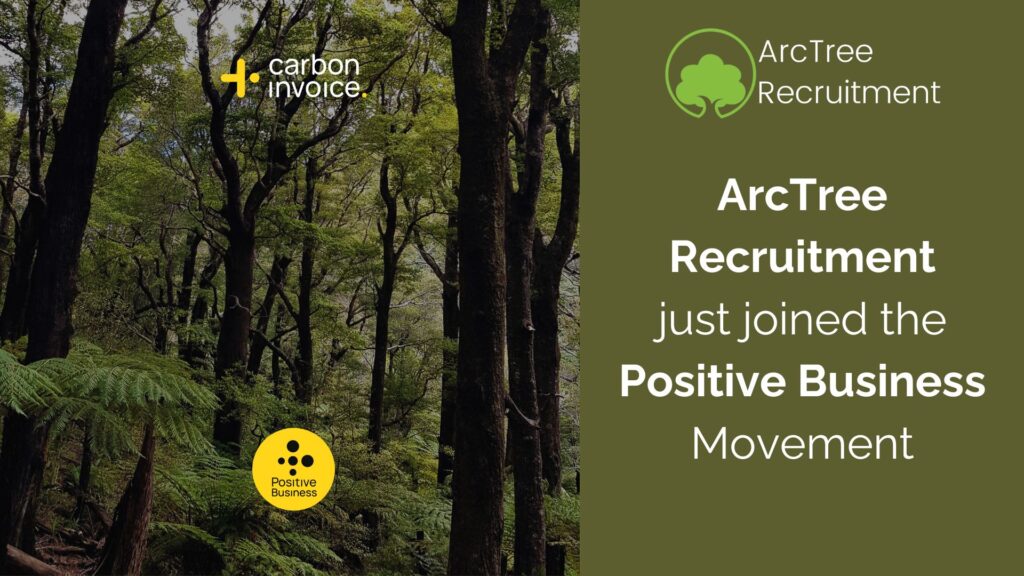Would you sign a contract agreeing to spend most of your waking hours with a person, after spending a mere 2-3 hours getting to know them? This kind of agreement is entered into regularly by people, based only on brief and superficial observations and hope – it’s called a job.
When we recruit a new employee we are making a choice that has the potential to significantly change the dynamic of our workplace, and the likelihood of our success as a business. The new employee will spend up to 40 hours a week interacting with other team members and your clients – influencing both the productivity, culture and reputation of your organisation. Despite this and the enormous amounts of time professional recruiters spend shortlisting tens of thousands of applicants per year, we are still left with inviting a person into our organisation and culture with relatively little information.
Given an estimated 30- 40% of people misrepresent their skills and experience in resumes and it’s only natural that people wish to put their best foot forward at interviews, they reveal only what they want us to know. At ArcTree Consulting we like to use the analogy that candidates are like icebergs. The true size and shape of an iceberg is often hard to judge given up to 9/10ths of it may be below the water surface. So if the candidate represents an iceberg, does that make the employer a modern-day Titanic?
If we are serious about understanding the complexity of an individual and the way they are likely to contribute to and integrate with our existing team, we need more than the tip – we need to venture below the surface.
ArcTree works with thousands of top tier and small to medium enterprise firms to uncover the hidden data you need to predict who it most likely to perform, who your next leader may be, who will leave you – and when. Objective psychometric testing and data-driven HR analytics make talent acquisition easy and provide the tools needed for effective ongoing management of your team. Because the best people decisions are made with deeper insight.
Author Jo Vohland










